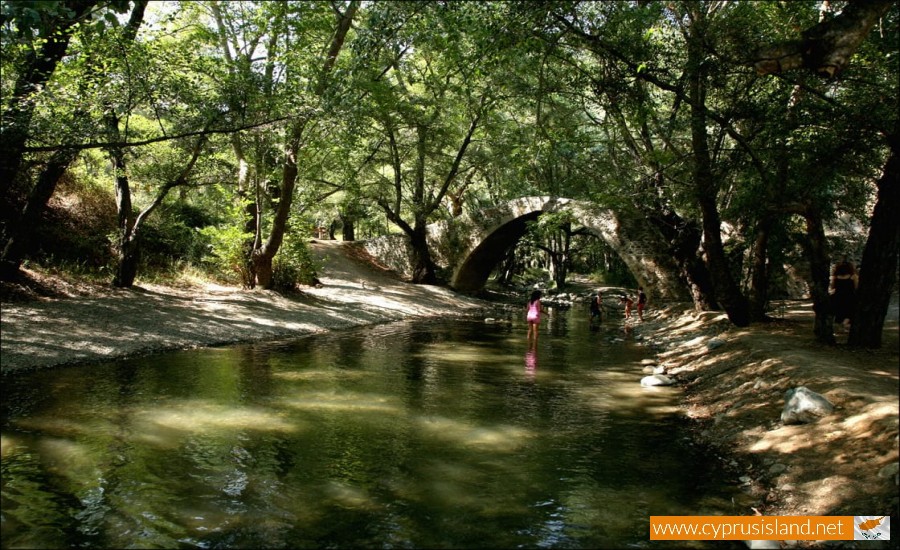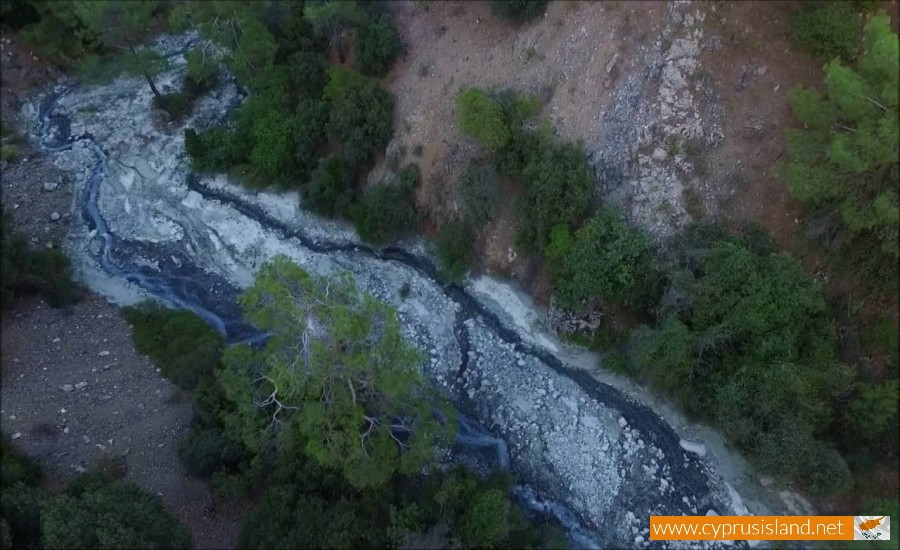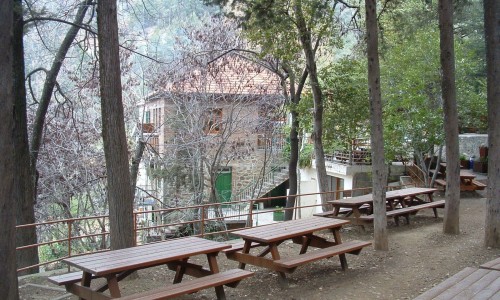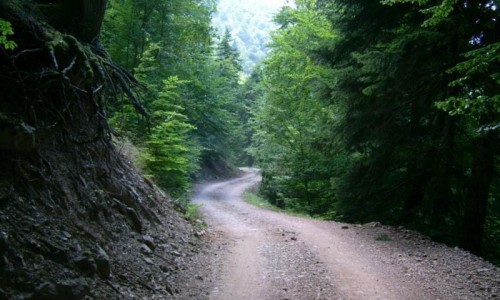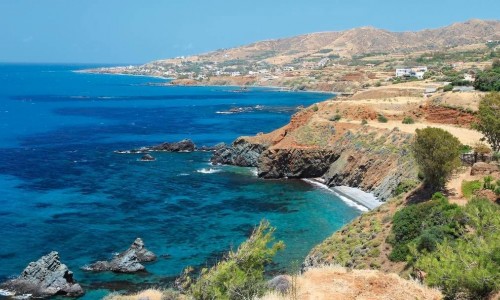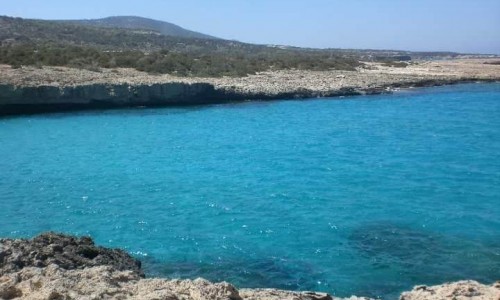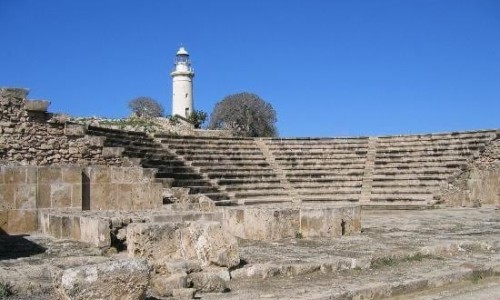Paphos Forest
Hidden deep in the mountainous northwest of Cyprus, Paphos Forest is one of the island’s most majestic natural realms. Sprawling across the rugged terrain of the Troodos Mountains, this vast and untamed forest stretches beyond the reach of modern development, holding within it the soul of a wilder, quieter Cyprus.
Covering thousands of hectares of pine, cedar, and oak trees, Paphos Forest is a world where time slows, wildlife thrives, and the island’s ancient rhythms still beat softly beneath the canopy.
A Living, Breathing Wilderness
Unlike the manicured parks or tourist-focused coastlines, Paphos Forest remains raw and natural. The landscape here undulates in dramatic fashion—steep hillsides, deep ravines, hidden springs, and valleys echo with birdsong and the wind’s whisper through pine needles.
It is not a forest for casual wandering. It invites exploration with intention—on foot, by jeep, or even by mountain bike, for those willing to embrace its challenging terrain.
Towering Calabrian pines, golden oaks, and Brutia pines create a dappled world of light and shadow. In autumn, the forest transforms into a canvas of warm color, while spring brings a flush of wildflowers that dot the woodland floor.
A Sanctuary for Wildlife
Paphos Forest is a haven for rare and protected species, making it one of the most ecologically important areas in Cyprus. It is home to:
- The Cypriot mouflon (a wild sheep species found nowhere else in the world), roaming the deeper forested areas.
- Bonelli’s eagles soaring silently above the cliffs.
- Foxes, owls, hares, and reptiles sheltering in the underbrush.
- Countless butterflies and migratory birds that pass through seasonally.
Encounters here are not guaranteed—but that’s part of the magic. This isn’t a zoo. It’s the island as it once was—wild and alive.
Human Touches in a Natural World
Scattered within the forest’s folds are small chapels, stone-built watermills, and forest ranger stations—evidence of past life and enduring tradition. The forest has long served as a refuge, a livelihood, and a spiritual retreat for generations of Cypriots.
Tiny mountain villages like Kato Pyrgos, Stavros tis Psokas, and Kannaviou sit at the forest’s edge or peek out from its center, offering a taste of authentic rural life. In these places, the air smells of woodsmoke, local taverns serve food straight from the land, and time passes gently.
The Heartbeat of Cyprus’s Soul
Paphos Forest isn't about attractions or entertainment. It is about immersion—about breathing in cool mountain air and hearing nothing but the rustling of leaves, the crunch of forest floor underfoot, and the occasional distant cry of an eagle overhead.
It is a place for:
- Hikers and explorers wanting raw nature
- Nature photographers chasing misty sunrises over cedar ridges
- Families looking to unplug and reconnect in pure environments
- Spiritual seekers in search of solitude and stillness
- Road trippers with a taste for winding mountain roads and unexpected discoveries
Things to Do in and Around Paphos Forest
- Visit the Mouflon enclosure near Stavros tis Psokas for a chance to see Cyprus’s iconic wild sheep.
- Hike to Cedar Valley, where tall, ancient Cyprus cedars rise like sentinels along steep slopes.
- Drive the forest roads—slowly and carefully—between Kannaviou and Pomos, absorbing incredible views and stopping at picnic sites.
- Explore forest monasteries like the quiet Panagia Chrysorroyiatissa, tucked between the trees and hills.
- Camp under the stars, with designated forest campsites offering basic amenities and a window into true night silence.
When to Visit
- Spring (March–May): Wildflowers, birdlife, and ideal hiking weather.
- Summer (June–August): Cool escape from coastal heat; great for shaded walks.
- Autumn (September–November): Golden leaves, mushroom foraging, and beautiful light.
- Winter (December–February): Snow dusts the peaks, and the forest becomes almost surreal in its quiet majesty.
Tips for the Thoughtful Visitor
- Bring supplies—shops are scarce and nature is dominant.
- Respect the wilderness—leave no trace, drive gently, and stay on paths.
- Check conditions—some roads may be impassable after rains or during winter.
- Dress appropriately—layers are essential; it’s cooler than you’d expect.
Paphos Forest is not glamorous. It doesn’t dazzle with curated experiences or tourist infrastructure. Instead, it offers something far rarer: authenticity. Here, Cyprus is revealed in its rawest and most beautiful form—where ancient trees grow in silence, wild animals roam free, and stories lie in the hush between the trees.
It is the island’s living cathedral, built not with stone, but with bark, wind, and earth.


